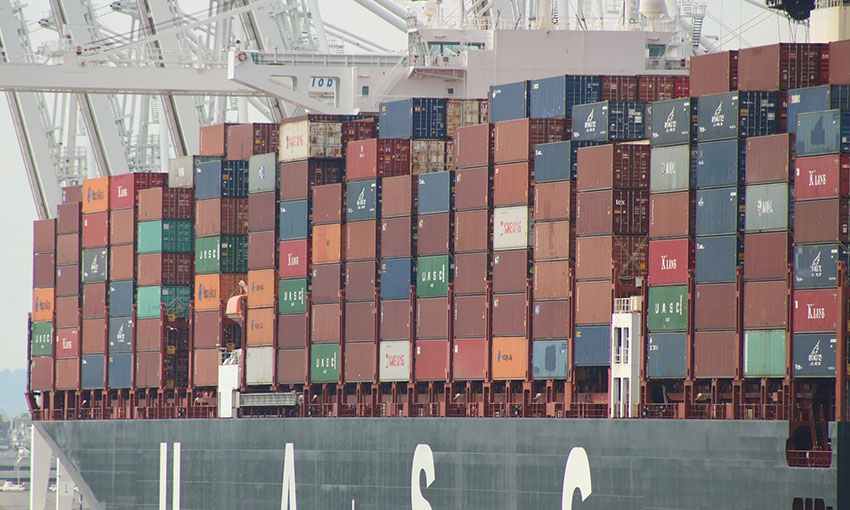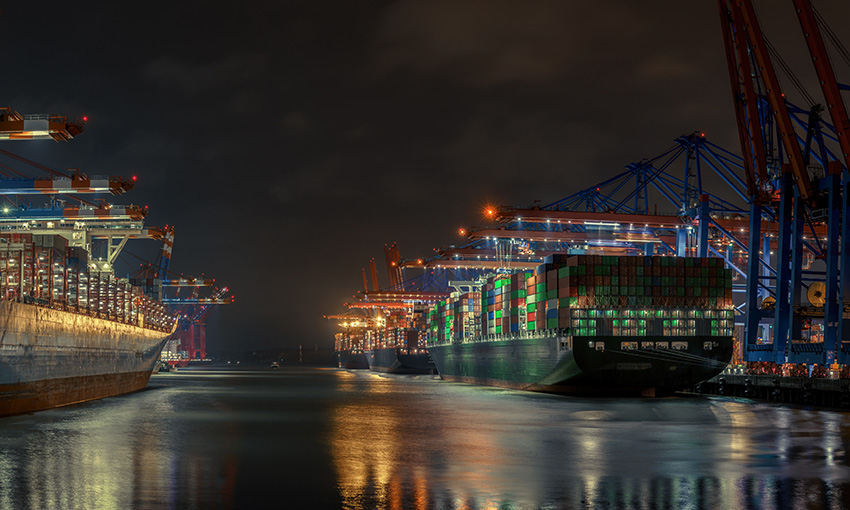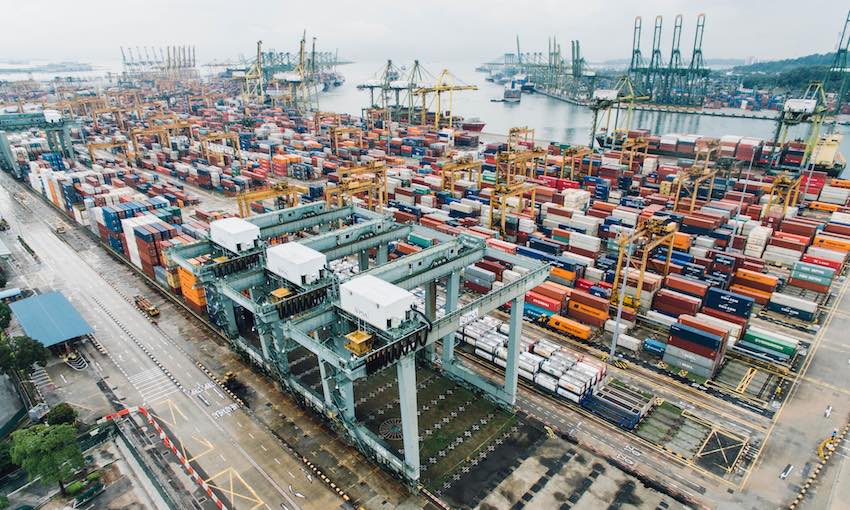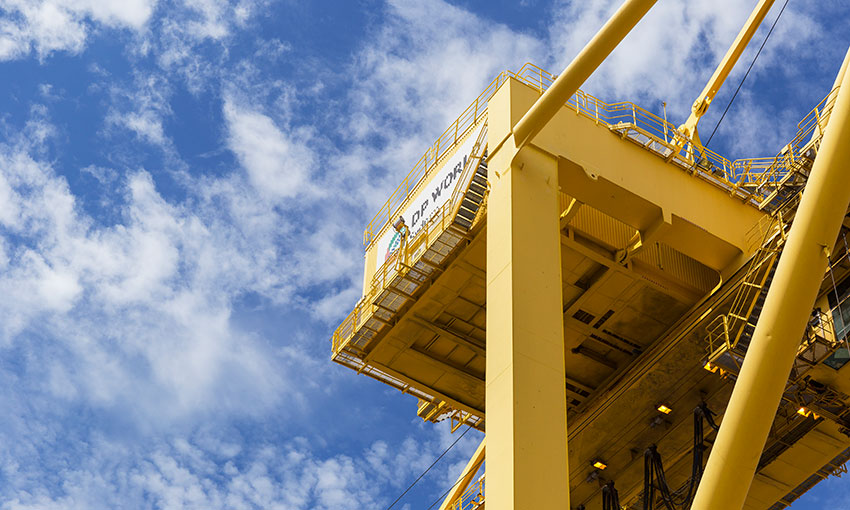OCEAN freight analyst Sea-Intelligence analysed the relationship between container lines’ schedule reliability and freight rates and found no connection.
Sea-Intelligence CEO Alan Murphy said whenever there is talk of schedule reliability, shippers have complained (and rightly so) about the general lack of service quality in the industry.
“One debate that often then comes at the forefront, is whether shippers are at all willing to pay a premium for better schedule reliability,” he said.
“We analysed the relationship between the two, looking at whether periods with high schedule reliability resulted in higher freight rates.”
Mr Murphy said the analysis covered seven port pairs, using their own schedule reliability data and freight rate data obtained from the World Container Index.
“For each of the port pairs, we used a scatter plot showing the WCI on the y-axis and schedule reliability on the x-axis, also adding in a liner trend line and the coefficient of determination (R-squared) which shows the strength of the correlation,” he said.
“For nearly all of the port-pairs, we saw that the R-squared value was low, denoting weak to no correlation. The only exception to this was Shanghai-Rotterdam [as shown in the graph], which had an R-squared value of 0.63. This means that roughly 63% of the variation in freight rates can be explained by changes in schedule reliability. However, the trend line is negative, which means that during periods with high schedule reliability, freight rates were low and vice versa.”
Mr Murphy said while there can be exceptions for some specific niche carriers and individual shippers, the broad market trend is simple in this respect.
“Reliability tends to improve when there is overcapacity, as this makes it easier to adhere to schedule. But this also means high reliability mainly occurs at points in time, where rates are going down and not going up,” Mr Murphy said.
“We saw the same happen during the pandemic, with schedule reliability going up during the early periods with low demand levels and high blank sailings, and schedule reliability dropping considerably as vessels started to sail fuller and berth congestion rose.”





